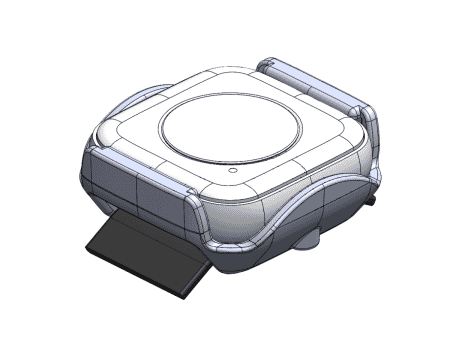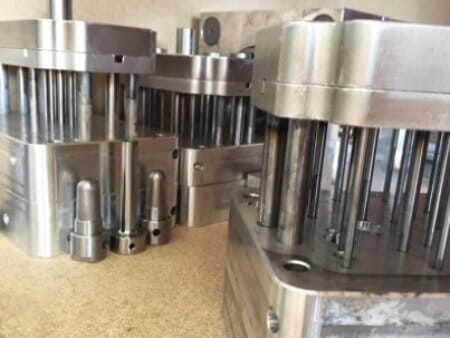Which software can help generate lattice structures?
You have your new and improved design, but when you run it through simulation it is over-engineered, and a lot heavier than you'd like. So you just hollow it out…right?
The problem with this approach is a dramatic loss in mechanical strength. That key central material that made your part so effective at distributing load is no longer there, and subsequently you are in a bit of a bind.
The easiest solution would be to plough on with the inefficient design, but that would incur larger material costs, and more importantly would (to all intents and purposes) be giving up. You’re not ready to give up yet, so you are left with two choices: painstakingly create an internal structure by hand or use some form of magical software to generate this structure for you.
Recently there has been a large increase in the number of software packages available for such operations, due to the increasing ease with which such structures can be built care of additive manufacture.
Which software should I use?
"But which software should I use" you cry in confusion, "there are so many and they look terribly complicated?" Okay then…let's talk about lattice generation software.
There are eminently four major options for those looking at lattice generation software: Within, Simpleware, Materialise (add-ons) and Netfabb.
These approach lattice generation in a similar manner, and fortunately all are ‘relatively’ user friendly.
· The Materialise add-ons, for the popular Magics and 3-matic packages, offer a large library of unit cells (a repeatable 3D structure which makes up the lattice truss), which can be used to fill a defined area.
· Netfabb offers similar functionality, whilst also allowing users to design their own unit cells.
· Within backs it’s offering of unit cells, with the ability to optimise a lattice within a defined space (i.e. you provide the constraints and loading conditions, and the software will produce a lattice of variable size ’optimised’ for your requirements).
· Finally, Simpleware offers a small library of standard unit cells, with the ability to generate many unit cells, which can be defined by an implicit function (e.g. Triply periodic minimal surfaces).
.jpg) Which software is best?
Which software is best?
"That's all well and good," you say, "but which is the best? Should I use the optimisation software, that sounds pretty interesting…?"
Yes, it does, but do you need it? The other software will produce lattices that may suit your purposes, without the fine-tuning optimisation offers. Plus, with a bit of experience, correct selection and generation of lattices (for a particular part) can be achieved far quicker than running through an optimisation process.
Optimisation tools and experience required
Ultimately any of these software will allow you to successfully produce an internal lattice. But (there is always a but), producing an effective one requires either optimisation tools, or experience.
Whilst lattices can offer superior stiffness-weight ratios (when compared to other internal structures) it should be noted that, for the most part, these complex structures can only be produced using additive manufacturing technologies. Lattices can push the boundaries of what is possible with today’s additive technologies, so knowledge and experience with these processes are vital for successful manufacture of internal lattices.
Alternative solutions to weight reduction include topological optimisation (such as Altair’s Inspire).
As an aside, lattices have great potential in heat transfer and conductive applications.
So there are some options; I encourage you to explore more. It is easier than you may think and is pretty interesting to boot!
Alternatively, talk to Plunkett Associates and we will find you a solution.



























